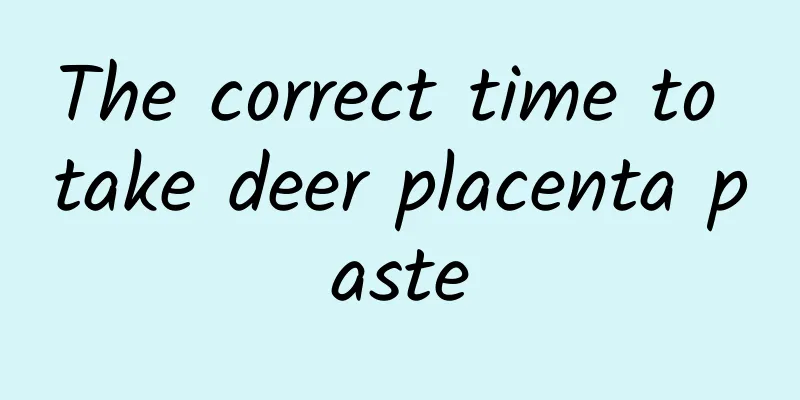Floating needle treatment of frozen shoulder?

|
Everyone knows that when frozen shoulder occurs, the pain is often unbearable. Generally, if Western medicine is used to treat frozen shoulder, most of the Western medicine uses drugs for conservative treatment, and the effect is often not particularly ideal. Only in conjunction with physical therapy of traditional Chinese medicine, such as cupping and acupuncture treatment, the effect will be good. Most of the people with a high incidence of frozen shoulder are the elderly. Therefore, the use of acupuncture to treat frozen shoulder can also help the elderly recover faster. The acupuncture therapy for periarthritis of the shoulder is to treat several periarthritis of the shoulder related acupoints, including Jianyu, acromion, Jianliao, Quchi, and Tiaokou, according to the principle of selecting acupoints along the meridians and selecting acupoints with the same name. Acupuncture in traditional Chinese medicine is very effective in treating frozen shoulder. Patients with frozen shoulder generally receive acupuncture once a day until the symptoms of frozen shoulder completely disappear, then they can stop the treatment. In addition, patients with frozen shoulder can also use oral anti-inflammatory drugs for treatment, combined with massage and cupping methods for treatment. In addition to these methods, physical therapy is also very important for patients with periarthritis of the shoulder. The joints of patients with periarthritis of the shoulder are generally relatively tight. Using physical therapy to relieve and restore the function of the shoulder joint is very effective and important. Patients with periarthritis of the shoulder must follow the principles of treatment when treated with acupuncture, so as to achieve better treatment results. Only by combining it with other methods to treat frozen shoulder can frozen shoulder be treated quickly and effectively. Periarthritis of the shoulder is a common and frequently occurring disease. It is a chronic inflammation of soft tissues such as muscles, tendons, synovium, and joint capsule around the shoulder joint. Clinically, the disease often persists and is not cured. Floating needle therapy is often combined with active or passive contraction/relaxation of related muscles. This contraction/relaxation activity of the relevant muscles is called reperfusion activity in floating needling therapy. Reperfusion activities come in various forms, such as bending/straightening the waist, stretching/bending legs, deep breathing, spontaneous coughing, etc. Floating needle therapy has the characteristics of minimal pain, no side effects, quick results and a wide range of indications. Recent studies have shown that traditional acupuncture works on the main tissue in the superficial fascia: subcutaneous loose connective tissue. Floating needle therapy does not penetrate into multiple layers of tissue like traditional acupuncture, but only acts on the superficial fascia, with specific effects and great effectiveness. Floating needle therapy only stimulates the superficial subcutaneous tissue in non-lesioned areas, so it is very safe, safer than traditional acupuncture and massage. The area of subcutaneous loose connective tissue stimulated by floating needle therapy is 20-30 times that of traditional acupuncture, so its therapeutic effect is greatly improved: (1) As long as the indication is met, the treatment will be effective immediately, and the number of acupuncture points (needle insertion points) required is greatly reduced; (2) Only one or two acupuncture points are needed each time, while traditional acupuncture requires 10-20 acupuncture points; (3) The number of treatments is greatly shortened. Generally, 3-4 treatments are sufficient for chronic diseases, while a course of traditional acupuncture treatment requires 7-10 treatments. Generally speaking, as long as it is an indication for acupuncture, floating needle therapy can usually be used. Our clinical practice has also shown that floating needle therapy often has a good therapeutic effect on the indications of Chinese medicine internal medicine. Specifically, they are as follows: chronic headaches, cervical spondylosis, periarthritis of the shoulder, tennis elbow, tenosynovitis, carpal tunnel syndrome, lumbar disc herniation, lumbar muscle strain, knee arthritis, old ankle injury, femoral head necrosis, ankylosing spondylitis, cholecystitis and cholelithiasis, chronic stomach pain (chronic gastritis and gastric ulcer), urinary tract stones, chronic adnexitis, cervicitis, dysmenorrhea, intractable facial paralysis, etc. To sum up, everyone can clearly realize that in addition to treating frozen shoulder, floating needle can actually treat other diseases. However, whether this method is suitable for patients still needs to be determined based on the doctor's diagnosis. |
<<: What ointment should I use for frozen shoulder?
>>: Shoulder pain is not necessarily frozen shoulder?
Recommend
What to do if the incision of the gynecological surgery is red
The purpose of cesarean section is to reduce the ...
What are the symptoms of jaundice in adults?
Jaundice is a relatively common symptom that ofte...
What is demyelinating disease
Demyelinating diseases are quite harmful to human...
The efficacy and function of Chinese medicine Ligustrum lucidum
The Chinese herbal medicine Ligustrum lucidum is ...
Does candidal vaginitis affect pregnancy?
Candidal vaginitis is also a relatively common ty...
Why does it bleed when I scratch my body?
Normally, bleeding spots will appear when the bod...
What are the symptoms of Yangwei
Impotence is a relatively common sexual dysfuncti...
Breast augmentation pros and cons
Many women pay great attention to having a good c...
My arm hurts when I move it backwards. Why?
There are many joints in the human arm, so the ar...
Can pregnant women drink boiled eggplant water?
Boiling eggplant stalks in water has certain medi...
Disadvantages of using pain relief sticks for cesarean sections
As we all know, a cesarean section requires an in...
Causes of Iron Deficiency Anemia
Speaking of iron deficiency anemia, it is well kn...
The efficacy and function of Fritillaria cirrhosa powder
Stinky tofu is a food that many people love to ea...
Venipuncture angle
The angle of venipuncture is mainly determined by...
What are the kidney-tonifying and aphrodisiac wines? Bazhen wine nourishes the kidneys and strengthens the body
For male friends, nourishing the kidney and stren...









